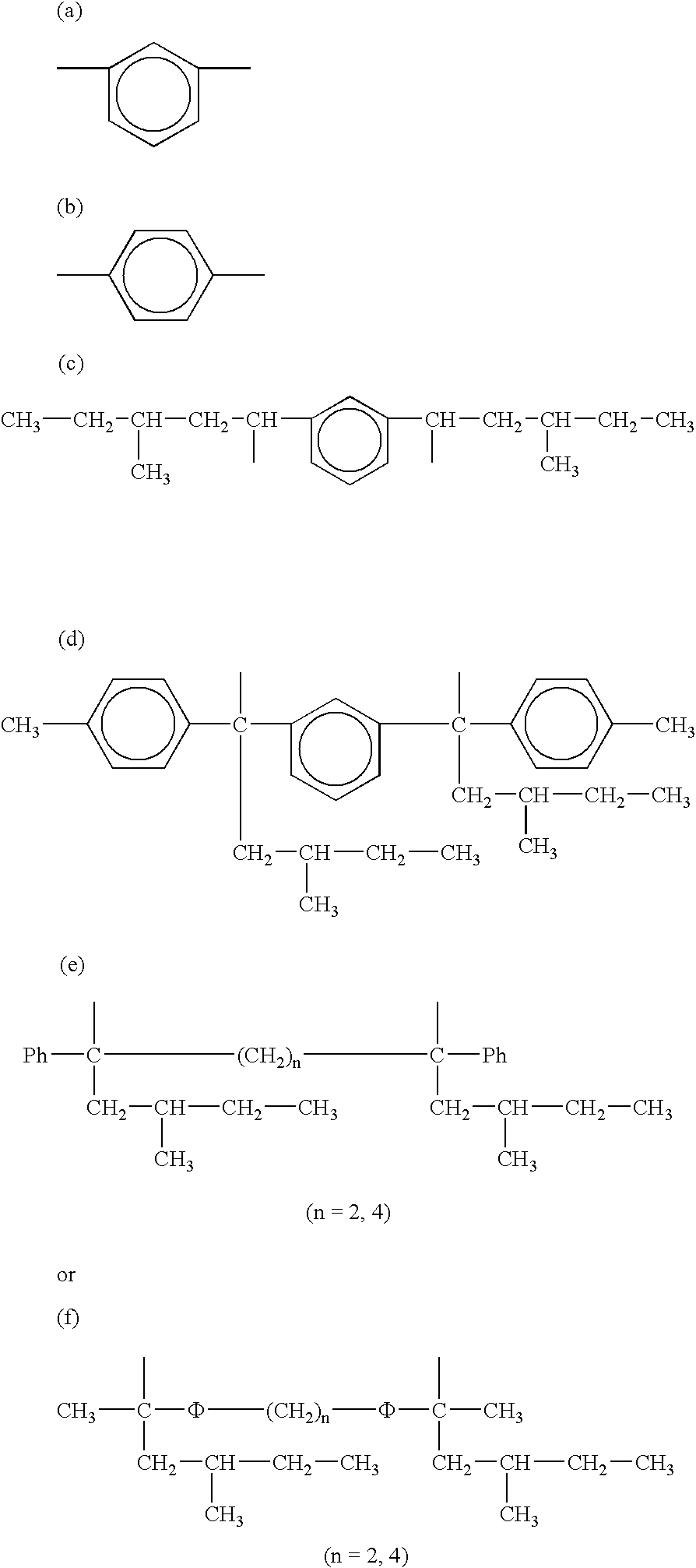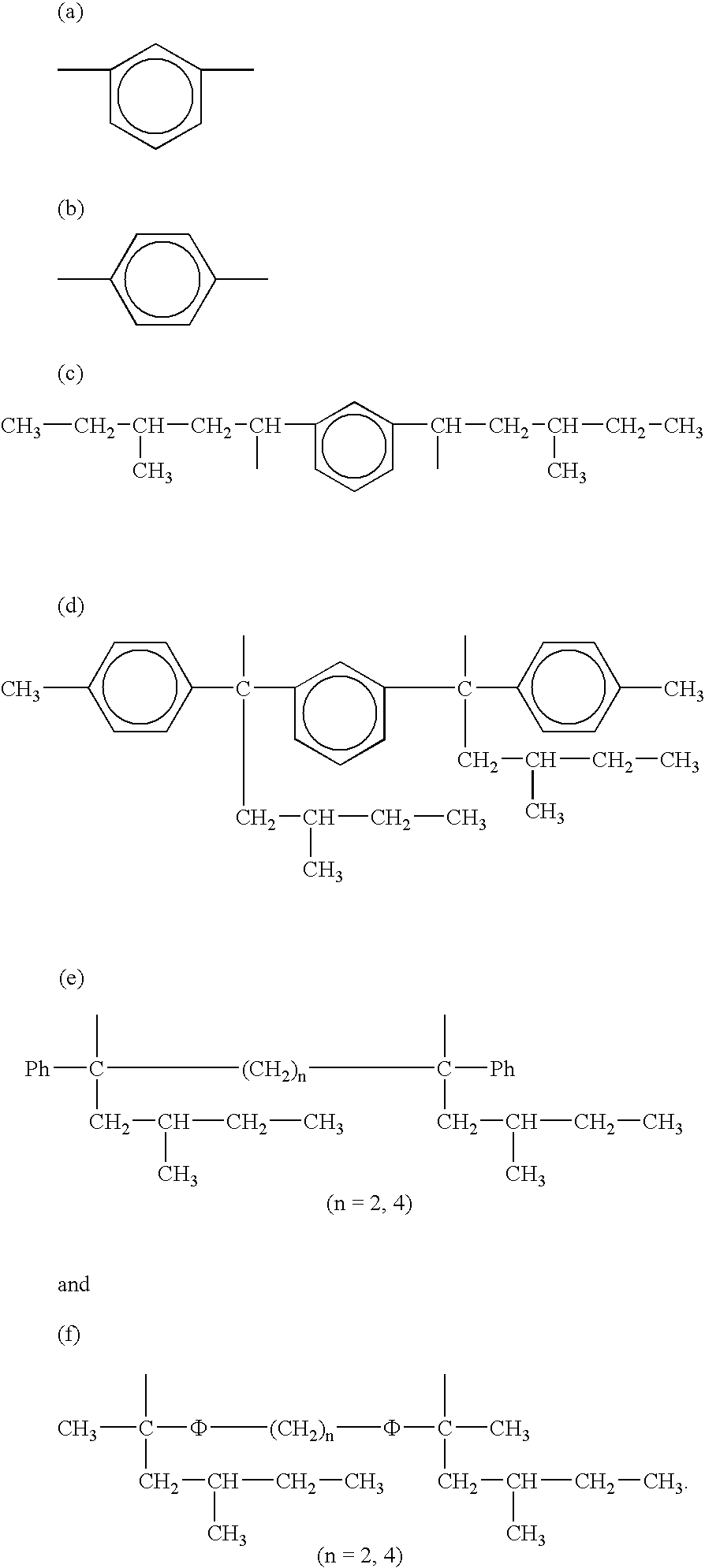Tin-containing organolithium compounds and preparation thereof
- Summary
- Abstract
- Description
- Claims
- Application Information
AI Technical Summary
Benefits of technology
Problems solved by technology
Method used
Image
Examples
examples
The present invention is illustrated by the following examples, which however should not be construed as limiting the scope of the present invention.
examples 1-5
Preparation of Bu.sub.3 SnZLi
A 100 ml three-necked flask equipped with an electromagnetic stirrer is purged with nitrogen and then is charged with 20 ml of previously prepared bislithium compound LiZLi, followed by dropwise addition of a solution of Bu.sub.3 SnCl in THF, with the molar ratio of the bislithium compound LiZLi to Bu.sub.3 SnCl being 1:1. The mixture is allowed to react at a temperature of 10.degree. C. for 2 hours. The reaction mixture is then filtered to obtain a clear, pale yellow solution. The active lithium concentration is determined by a double titration method(cf. Gilman and K. F. Cartlidge, J. Organomet. Chem., 1994, 2447). The experimental data is listed in table 1.
examples 6-25
Preparation of Bu.sub.3 SnZY.sub.b Li
A 250 ml three-necked flask equipped with an electromagnetic stirrer is purged with argon and then is charged with an amount of previously prepared bislithium compound LiZLi, followed by dropwise addition of an equimolar amount of a solution of Bu.sub.3 SnCl in 5 ml THF. The mixture is allowed to react at a temperature of 10.degree. C. for 2 hours. Then to the reaction mixture are charged metered amounts of butadiene and solvent, followed by reaction at a temperature of 20.degree. C. for 1 hour. The active lithium concentration is determined in a manner similar to Example 1. The experimental data is listed in table 2.
PUM
| Property | Measurement | Unit |
|---|---|---|
| Volume | aaaaa | aaaaa |
| Volume | aaaaa | aaaaa |
| Volume | aaaaa | aaaaa |
Abstract
Description
Claims
Application Information
 Login to View More
Login to View More - R&D
- Intellectual Property
- Life Sciences
- Materials
- Tech Scout
- Unparalleled Data Quality
- Higher Quality Content
- 60% Fewer Hallucinations
Browse by: Latest US Patents, China's latest patents, Technical Efficacy Thesaurus, Application Domain, Technology Topic, Popular Technical Reports.
© 2025 PatSnap. All rights reserved.Legal|Privacy policy|Modern Slavery Act Transparency Statement|Sitemap|About US| Contact US: help@patsnap.com



